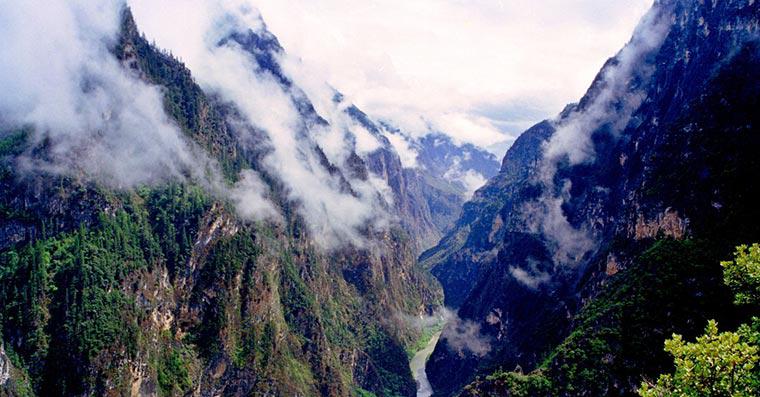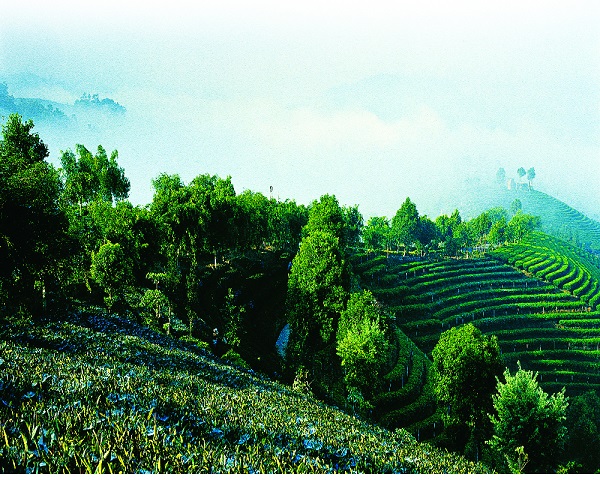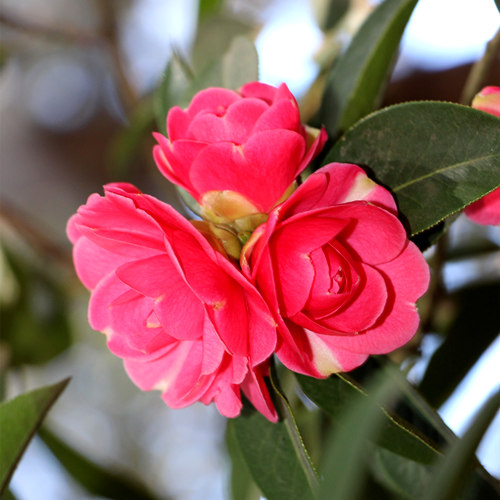
Detailed Introduction to Lushui City of Nujiang Prefecture
Overview
Lushui City (泸水市) is the capital of Nujiang Lisu Autonomous Prefecture, located in the northwestern part of Yunnan Province, China. It sits along the middle reaches of the Nujiang River (Salween River), bordered by Fugong County to the north, Gongshan County to the northwest, Lanping County to the east, and Myanmar to the west across the river.
Covering an area of about 3,000 square kilometers, Lushui has a population of roughly 230,000, composed mainly of Lisu, Bai, Nu, Dulong, and Han ethnic groups. It serves as the political, economic, cultural, and transportation center of the Nujiang River valley.
Geography and Topography
Lushui lies within the Nujiang Grand Canyon, one of the most spectacular river gorges in China. The terrain is dominated by high mountains and deep valleys, with elevations ranging from 880 meters near the river to over 4,000 meters on surrounding peaks.
The Nujiang River cuts a dramatic path through the landscape, forming cliffs, waterfalls, and narrow gorges that define the region’s breathtaking scenery. The city is often described as “a paradise between mountains and rivers.”
Climate
Lushui experiences a subtropical mountain monsoon climate, characterized by mild temperatures, abundant rainfall, and high humidity.
Average annual temperature: around 19°C
Annual precipitation: about 1,200–1,500 mm
The city enjoys a distinct dry and rainy season, with lush vegetation throughout most of the year.
Thanks to the vertical climate zones caused by altitude differences, a wide range of crops—from tropical fruits to alpine plants—can be found within short distances.
Natural Resources and Biodiversity
Lushui lies within the Three Parallel Rivers World Natural Heritage Site, an area recognized by UNESCO for its exceptional biodiversity and dramatic topography. The county’s natural environment is extraordinarily rich:
Flora and fauna: Thousands of plant species and hundreds of rare animals, including the Yunnan snub-nosed monkey, takin, and clouded leopard, inhabit the region.
Forest coverage: Over 70%, making it an important ecological barrier for southwestern China.
Mineral resources: Copper, lead, zinc, and marble are among the major deposits.
The Gaoligong Mountain National Nature Reserve, partly within Lushui, is one of China’s most biodiverse protected areas.
Ethnic Groups and Culture
Lushui is a multi-ethnic city, where Lisu, Bai, Nu, and Dulong peoples coexist harmoniously.
The Lisu people, the majority group, are known for their bright traditional costumes, crossbow hunting traditions, and lively Kuoshi Festival, which marks the Lisu New Year.
The Nu people have a long history in the region, with traditions centered around farming, singing, and storytelling.
Dulong people, living in the higher mountains, preserve unique customs and tattoos symbolizing identity and courage.
Traditional songs, dances, and crafts such as bamboo weaving, embroidery, and wood carving are still vibrant parts of local life.
Economy
Lushui’s economy is shaped by its mountainous geography and border location.
Agriculture: Terrace farming dominates, with crops such as rice, corn, tea, walnuts, and medicinal herbs.
Forestry and eco-products: Bamboo, mushrooms, honey, and wild vegetables are key commodities.
Tourism: Rapidly growing due to the city’s natural beauty and ethnic charm.
Border trade: Cross-border commerce with Myanmar contributes to local income, supported by government initiatives for regional development.
In recent years, Lushui has focused on eco-friendly industries and green tourism, aligning with its role within the UNESCO heritage zone.
Tourist Attractions
Nujiang Grand Canyon (怒江大峡谷) – One of the world’s most magnificent canyons, known for its steep cliffs, deep ravines, and roaring river currents.
Gaoligong Mountain National Nature Reserve (高黎贡山国家级自然保护区) – A UNESCO-recognized ecological haven, perfect for hiking, birdwatching, and scientific research.
Laowo Mountain Scenic Area (老窝山风景区) – Offers panoramic views of the Nujiang River valley, ideal for photography and adventure tourism.
Stone Moon (石月亮) – A natural arch-like rock formation high on a cliff, resembling a crescent moon. It’s one of Lushui’s iconic landmarks.
Biluo Snow Mountain (碧罗雪山) – Famous for its alpine scenery and trekking routes, it forms part of the Three Parallel Rivers landscape.
Ethnic Villages (少数民族村寨) – Visitors can experie



